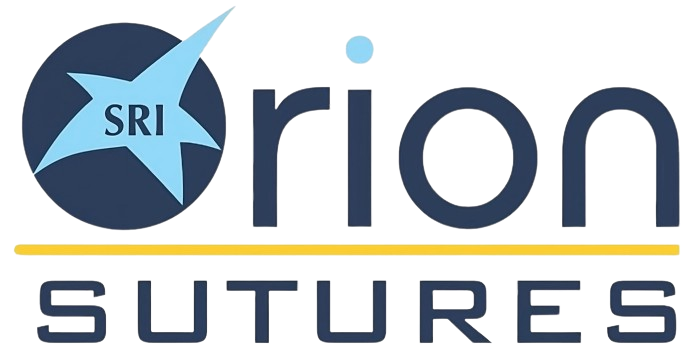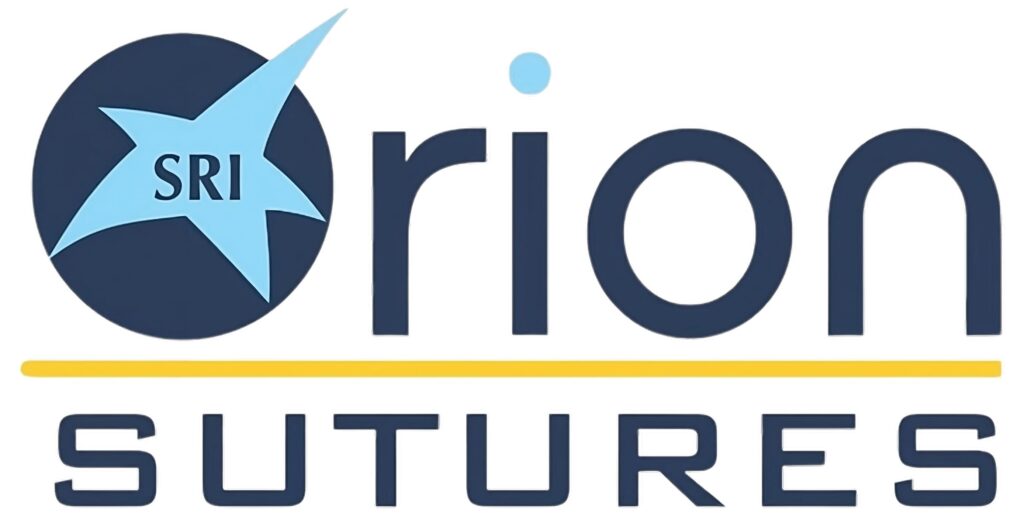Vicryl Polyglactin 910, a versatile suture material, is one of the various types of surgical sutures; these are crucial components in medical procedures. Polyglactin 910 Suture Manufacturer offers the necessary means to close incisions and wounds following surgery. The suitability for specific applications varies based on procedure requirements among each type: this underscores their indispensability. This article delves into the types of surgical sutures, particularly focusing on Vicryl Polyglactin 910. It explores its common applications and properties, illuminating why professionals in medicine often prefer this choice.
Understanding Surgical Sutures
Two broad divisions of surgical sutures exist: absorbable and non-absorbable, with selection contingent upon the type of operation, its attendant needs for restoration, and the individual’s state.
Absorbable Sutures:
- Absorbable sutures are designed to be gradually absorbed by the body over time.
- These sutures are ideal for surgeries where long-term wound support is not necessary.
Non-absorbable Sutures:
- Non-absorbable sutures, as their name implies, are sutures that the body does not absorb.
- They are used when long-term wound support is required.
Vicryl Polyglactin 910 Sutures: Common Applications
Vicryl Polyglactin 910 is a well-known absorbable synthetic suture material used in various surgical procedures. Here are some common applications of Vicryl Polyglactin 910:
Suturing Soft Tissue: Vicryl Polyglactin 910 is most commonly used for suturing soft tissues during surgical procedures. Its versatility and absorbable nature make it an excellent choice for wound closure in surgeries like appendectomies, hernia repairs, and bowel resections.
Minimal Tissue Reaction: In areas of the body where minimal tissue reaction is desired, such as the vagina and rectum, Vicryl is a preferred choice. Its non-irritating and non-allergenic properties minimize complications in sensitive areas.
Cardiovascular Surgery: Vicryl is used in cardiovascular surgery for suturing purposes. It offers reliable wound closure and reduces the risk of complications associated with sutures in vital areas.
Skin Repair: Vicryl sutures effectuate secure, efficacious wound closure in trauma and reconstructive surgeries for closures of skin incisions, skin grafts, and lacerations.
Plastic and Reconstructive Surgery: Vicryl is employed in plastic and reconstructive surgery for the termination of incisions, guaranteeing an aesthetically advantageous as well as functional recovery.
Orthopedic, Neurosurgery, and Gastrointestinal Procedures: Employing Vicryl for suturing fascia and ligaments in various surgical disciplines, such as orthopaedic, neurosurgery, and gastrointestinal surgery, is sanctioned due to its sublime tensile strength, which renders it well-suited for larger and greater wounds.
Benefits of Vicryl Polyglactin 910
Vicryl Polyglactin 910 possesses a range of properties that make it a favoured choice among medical professionals:
Synthetic Composition: Vicryl Polyglactin 910, an absorbable suture material produced from a copolymer of 90% glycolide and 10% L-lactide, is ideal for plastic surgery as it is sourced from non-animal origins.
Monofilament and Braided Options: Vicryl presents itself in two variants: monofilament and braided. The former displays a higher flexibility, facilitating knot-tying and naturally adapting to larger and deeper lesions. On the other hand, the latter shows increased tensile strength and resilient adaptability, rendering it suitable for situations requiring bending or twisting.
Gradual Absorption: Vicryl, an absorbable suture material, disintegrates within the body over two to three months and requires no removal.
Infection Resistance: Vicryl exhibits resistance to colonization, which helps minimize the chances of infection that are often linked to sutures.
Non-Irritating and Non-Allergenic: This type of suture material is designed to be gentle on the skin and suitable for individuals with sensitivities, ensuring safety during use in areas and for patients with sensitivities.
Non-Toxic and Non-Carcinogenic: Vicryl is completely safe for patients both during and after surgery as it is non-toxic and poses no risk of causing cancer.
Conclusion
The selection of suitable suture material for any medical procedure is integral to producing optimal results, and Vicryl Polyglactin 910 can prove an effective choice owing to its resorbable nature, unrivalled tensile strength, and negligible tissue response. Comprehending the exact needs of the surgery, patient condition, and intended healing process will empower medical practitioners to make judicious decisions for successful outcomes. Also, choose the Polyglactin 910 Suture Exporter very carefully. The versatility and advantageous attributes of Vicryl Polyglactin 910 render it an indispensable component of the medical sphere.

